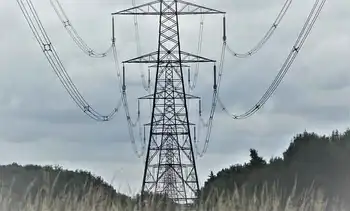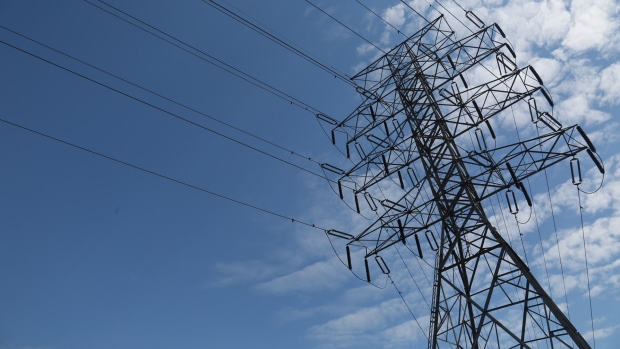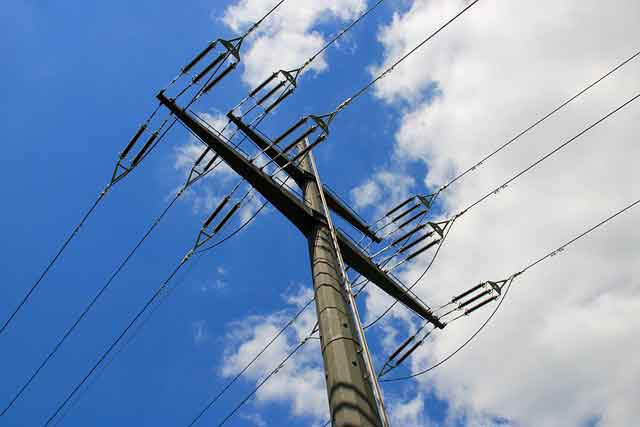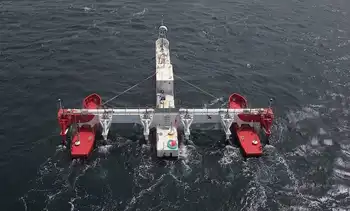State may narrow choices soon for route to power boost
WAUSAU, WISCONSIN - Choices for the next major high-voltage power line linking Wisconsin and the rest of the power grid could be narrowed by state regulators by the end of the year.
Less than a week after starting construction near Wausau of the controversial $420 million Wausau-to-Duluth, Minn., power line, American Transmission Co. will propose several alternatives to help Wisconsin import more power.
The leading candidates head south from Dane County to Illinois and southwest from Dane County to Iowa.
Wisconsin's transmission system is considered among the most constrained in the nation. That problem led state regulators, utilities and politicians to lobby for Wisconsin to be exempt for the next five years from paying higher prices to a new wholesale energy market that debuted in the Midwest this spring.
The market sends "price signals" that penalize areas like Wisconsin that lack adequate transmission capability to move power around. The price signals are apparent on a Midwest map that is updated continuously on the Web site of the Midwest Independent Transmission System Operator, or MISO.
More often than not, the highest prices in the region are in Wisconsin and Michigan's Upper Peninsula.
Even after the Wausau-Duluth line is built, the state will need to expand its ties to the rest of the Midwest power grid to take advantage of the new market, supporters of a new line say.
If the state had better transmission access, then utilities could buy power from cheap sources, such as hydroelectric power plants in the western United States, as an alternative to running more costly power plants.
"Wisconsin is paying higher energy costs than our neighbors because we don't have the ability to make the most effective use of the market," said Julie Voeck, manager of regulatory affairs and strategic planning at ATC. "We're looking to improve access for Wisconsin utilities to eventually lower the ultimate costs for consumers."
Whether that will end up being a savings for customers remains to be seen, because electric customers will end up paying for the cost to build the new power line, as well as start-up costs for the new wholesale power market.
In its filing with state regulators, ATC will describe the various benefits and costs of several projects, including one alternative that involves no new high-voltage power line.
That project would cost $33 million. Other alternatives range from a $69 million line to obtain power from Illinois to a $640 million line that would connect the Columbia power plant in Portage with the Prairie Island nuclear plant along the Mississippi River near Red Wing, Minn.
Another cost concern, said Charlie Higley, of the Wisconsin Citizens' Utility Board, is that the projects all need work to be done in neighboring states to make them effective.
"To make any of these projects work, especially the lines into Iowa or Minnesota, other work would be needed in those states. That would cost tens of millions of dollars," he said.
At a time of rising electric costs, the question before state regulators and groups that take part in the process will come down to this: Do the added benefits of Wisconsin building its first high- voltage line to Iowa make it more worthwhile for the state to pursue, even though it costs more than building another line to Illinois?
"It's a true policy choice for Wisconsin, because for more money you get more stuff," said Mark Williamson, vice president of major projects at ATC. "It's going to be a question of: Can you afford more money as a state, or do you do the cheaper one that also gives you less stuff?"
The route to Iowa at $352 million, almost twice the cost of the more expensive Illinois route ($186 million) provides benefits that the Illinois projects cannot, Williamson said.
Potential benefits include opportunity for economic development as well as to facilitate the possible construction of a new power plant or plants along the Mississippi River.
The line to Iowa would cross through rural stretches of Wisconsin, raising possible environmental concerns about land being taken for a new power line, but it would be much better than the Illinois alternatives at importing renewable power from Iowa.
Iowa is home to large-scale wind-power projects, and today generates 10 times as much electricity from wind turbines as Wisconsin, according to the American Wind Energy Association, an industry trade group.
"Having more access to renewable energy fits with our paradigm of how we want to see the industry move, toward more renewables, but does that justify the cost?" Higley said. "We expect that's justified, but that's the type of thing we need to learn."
The state Public Service Commission is expected to analyze the alternatives and provide direction to ATC by the end of the year. ATC would then decide on a route, and then file an application to build a line, most likely in 2007, Williamson said.
Related News

End of an Era: UK's Last Coal Power Station Goes Offline
LONDON - The United Kingdom marks a historic turning point in its energy transition with the closure of the West Burton A Power Station in Nottinghamshire. This coal-fired power plant, once a symbol of the nation's industrial might, has now delivered its final watts of electricity to the grid, signalling the end of a coal-power generation in the UK.
A Landmark Shift Towards Clean Energy
The closure of West Burton A reflects a dramatic shift in the UK's energy landscape. Coal, the backbone of the UK's power generation for decades, is being phased out in favour of renewable…




